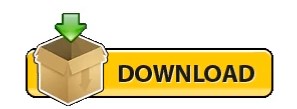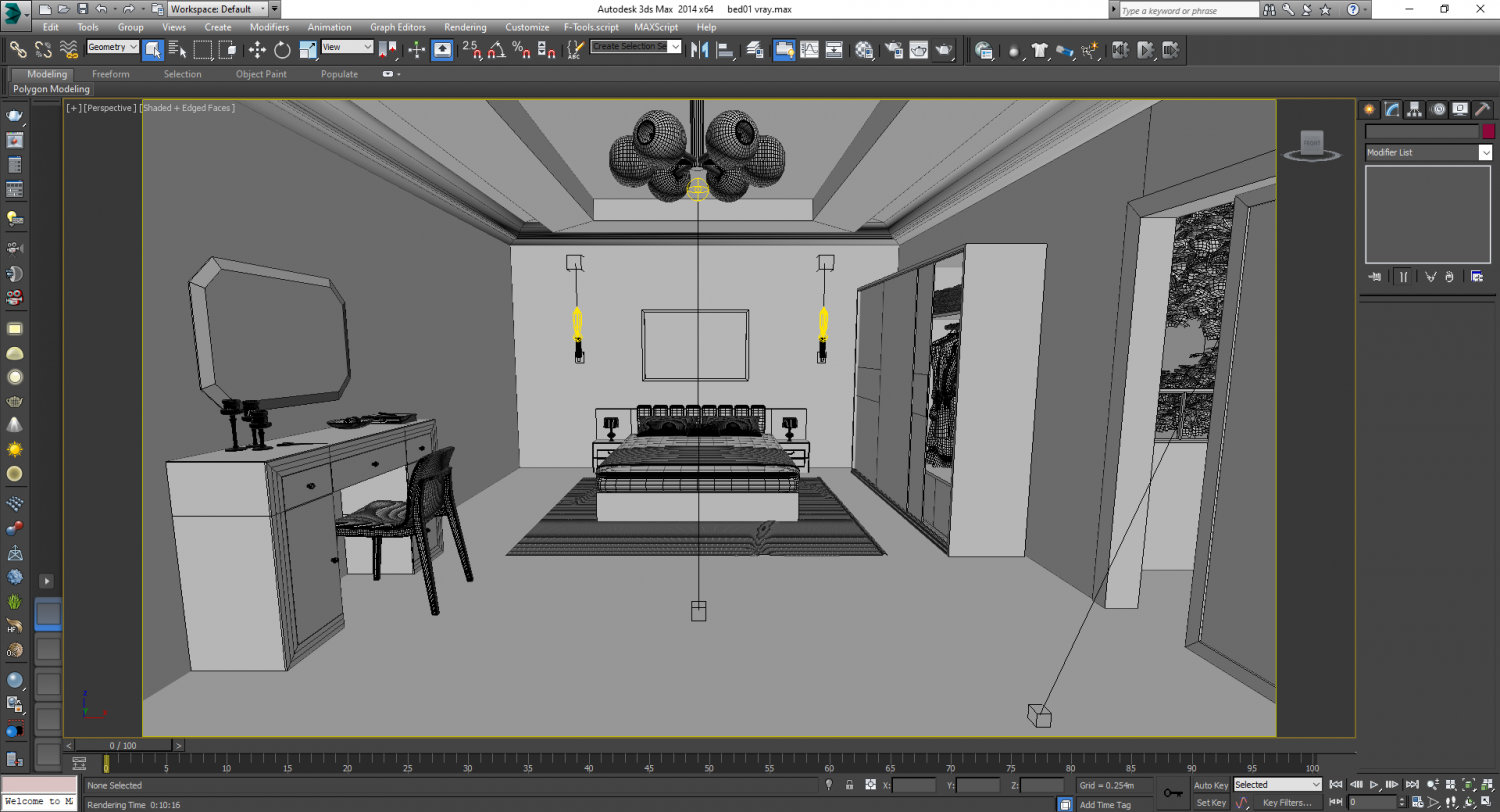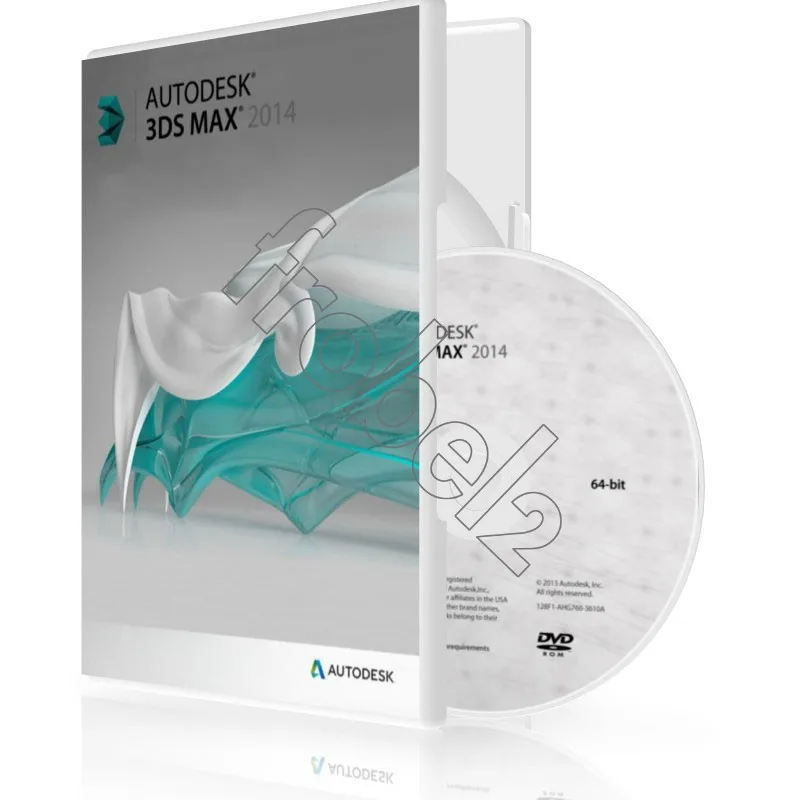


The “EXPORT” dialogue box is displayed allowing the saved location of exported file to be selected and file name to be specified, and the file “SAVED”. Select the stylised “R” icon (APPLICATION BUTTON) at the top left of the Revit application, the application tools are now displayed, from these select “EXPORT” now select “FBX”. The contents of the FBX file can be imported straight in to 3DS Max, deleting the unrequired components. Components once selected may then be copied from the project file to the clip board, and then pasted from the clipboard into the new project file. The contents in the project file may be accessed just like the “SYSTEM FAMILY” files in Revit. This could also be saved as a project file in a suitable folder for future access, or as an alternative suggestion a number of like components let’s say tables could be imported in to a file, saved as both project and FBX files. This content can now be saved as a FBX file. This example shows 3D data taken out of Revit and adding to a 3D Studio Max scene.īelow is content loaded in to a Revit file. Using FBX files in the work flow can make it easier to transfer and retain data, in other words it’s just a quicker way to copy 3D information from one product to another. FBX facilitates higher-fidelity data exchange between several Autodesk content creation packages and supports certain third-party and propriety applications. So in our next lesson, we'll get things started by breaking down the 3ds Max interface.FBX® data exchange technology is a 3D asset exchange format compatible with many 3D tools. And by the end of this tutorial, we want you to be at a point where you can feel comfortable using 3ds Max. Instead, we want you to form some really good work habits and workflows, getting to see the entire start to finish pipeline for this project. Now, this course is designed for new 3ds Max users, so our goal is not to weigh you down with a lot of technical information.
3d max 2014 how to#
From there, we'll take you through the entire process of adding textures and materials to the vehicle, adding animated movement, and animation controls, adding dynamics, and finally, we'll learn how to add lights, shadows, and output our final animated sequence. From there, we'll move into exploring some of the modeling features found in 3ds Max, and we'll begin building the aircraft that is our central project for the remainder of this course. In the first portion of this tutorial, we'll be getting you familiar with some of the vocabulary and foundational skills that you'll need in order to begin moving around and working in 3ds Max. And for the next several hours, we'll be giving you the most structured, well-rounded, and easiest-to-follow 3ds Max training that you'll be able to find anywhere. Digital-Tutors is the world's largest resource for Autodesk training, and over the years, we've had the honor and the privilege of teaching some of the top artists in studios all around the world. So during the course of these lessons, you'll have a chance to learn about different aspects of 3ds Max from several of our tutors here at DT. This in-depth tutorial is designed to help you get a solid understanding of the core features found in 3ds Max and help you to ease your transition into this very powerful program. Hi, I'm Josh, with Digital-Tutors, an Autodesk authorized publisher.


 0 kommentar(er)
0 kommentar(er)
